Pediatrics
Feeding Your Children and Yourself
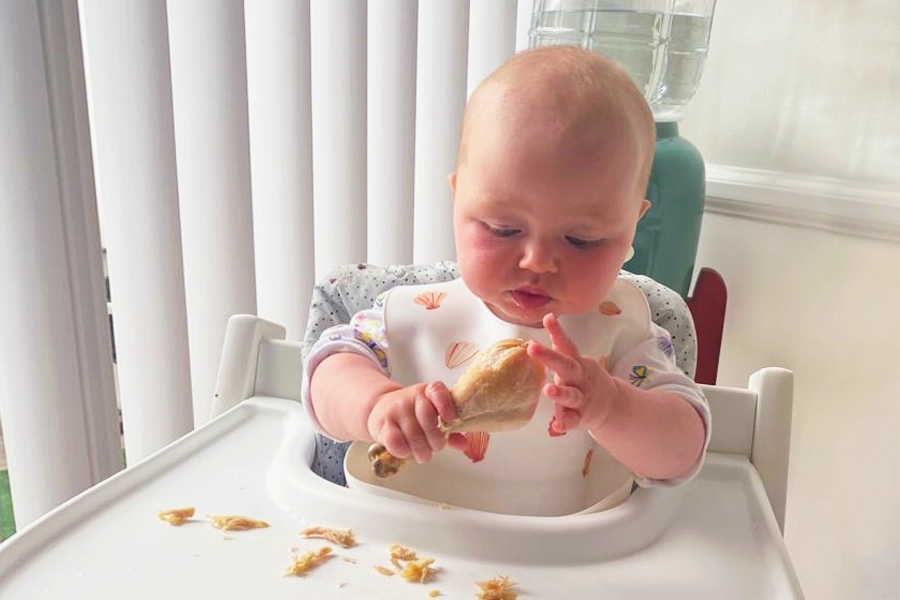
I have always been passionate about food and love to share my enthusiasm for it with others. One of my best food memories is cooking “Ham in Coca-Cola” (an Elvis Presley recipe, adapted by Nigella Lawson) for a family gathering. I chose this particular recipe so that I could cook with my young niece and nephew. I have fond memories of them competing with each other, especially when it came to whose turn it was to chop the parsley and, of course, who could pour the Coca-Cola into the large pot. Food has the magic of bringing us together.
Living in North America, we normally don’t pay too much attention to the way we eat our food. We occasionally enjoy and even indulge in decadent food (desserts!) on birthdays, holidays, and celebrations. But eating can become a mundane routine from day to day. It’s when we are presented with the challenge of feeding young eaters and babies (who are exposed to solid food for the first time), we become more mindful of the importance of food in our everyday lives.
Taking Cues From Children
I once watched a young mother at a restaurant trying to feed her child, and not paying any attention to her son’s desires. She ordered a doughnut and cut a small wedge from it that she intended to feed him.
Before she could do that, he picked up the remainder of the doughnut and ate it!
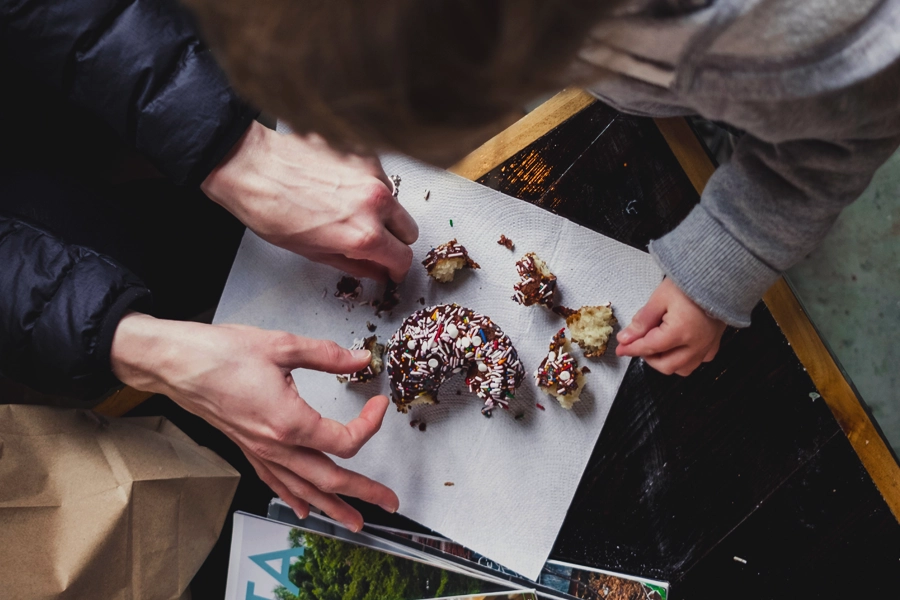
Parents love to be in control. I have seen many parents try to feed their children when they are completely capable of feeding themselves. Even at a young age, children are much more independent and competent than we think. They can surprise you in the best possible ways—if we allow them.
My favorite food website for suggestions on feeding children is The Ellyn Satter Institute. Elly Satter teaches parents how to transform family meals into joyful, healthful, struggle-free events—free from drama and conflict.
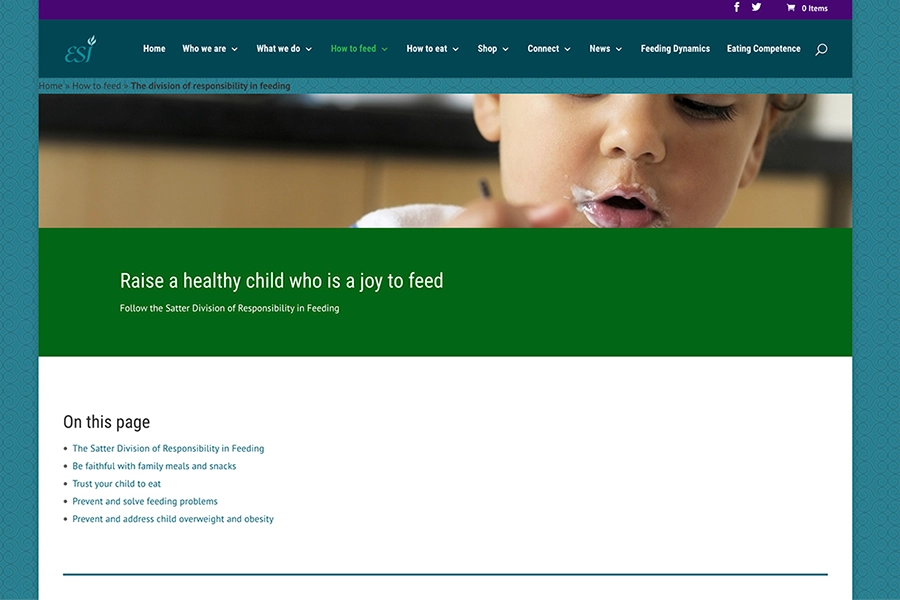
She is known for promoting “the division of responsibility in feeding”. Parents are responsible for the food they present to their children (what, when, and where they eat), and the children are responsible for what they eat, or whether they eat at all.
She goes on to explain that pressuring your child to eat is counter-productive. If you provide little ones with proper structure, support, and freedom to venture with food, you will be surprised at your child’s eating competency.
The Joy of Eating
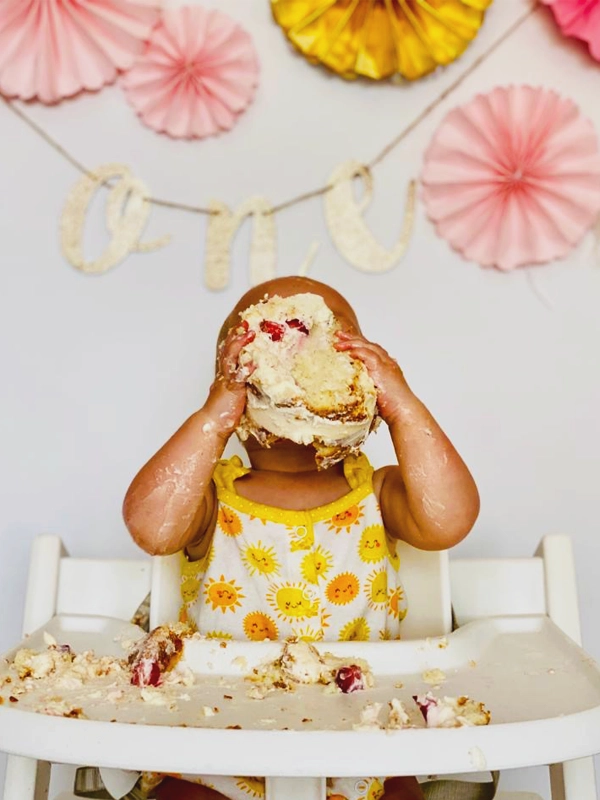
“When the joy goes out of eating, nutrition suffers.”
– Ellyn Satter, MS, MSSW, Dietitian, and Family Therapist
You can see how much pure joy young eaters get from eating that we, as adults, tend to forget until we are reminded by our little ones. We make ourselves feel guilty and shameful when we don’t eat the “right” food. This ultimately leads to destructive behaviors such as starving, yo-yo dieting, and binging.
Instead, as Ellyn Satter sums it up nicely: It’s about providing for our body—not depriving it.
So, how do we help our children become competent eaters?
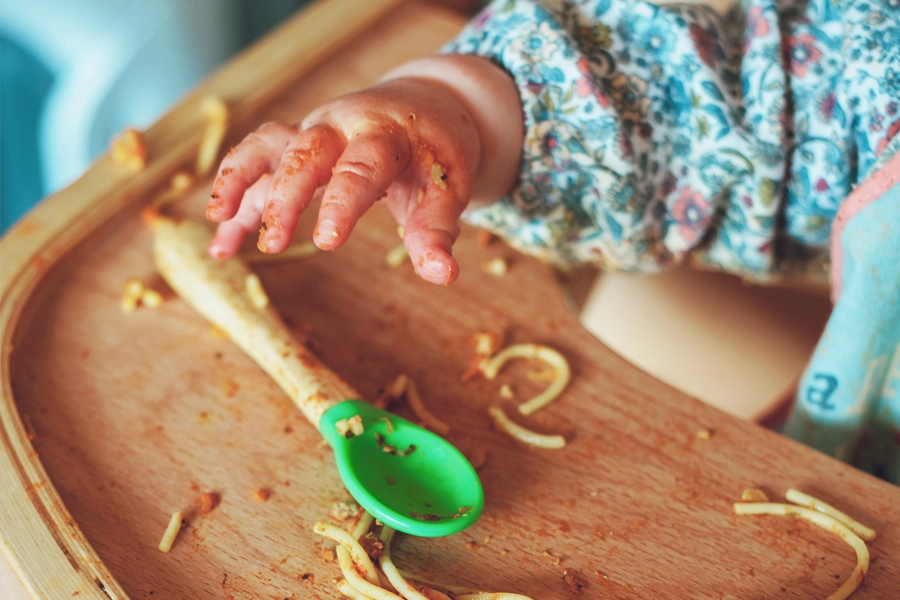
Ellyn Satter explains, “Eating Competence is being positive, comfortable, and flexible with eating as well as matter-of-fact and reliable about getting enough to eat of enjoyable food. Competent Eaters do better nutritionally, are more active, sleep better and have better medical tests. They are more self-aware and self-accepting, not only with food, but in all ways. To be a Competent Eater, be relaxed, self-trusting and joyful about eating, and take good care of yourself with food.”
If you want to learn more about helping your child become a competent eater, you can read further.
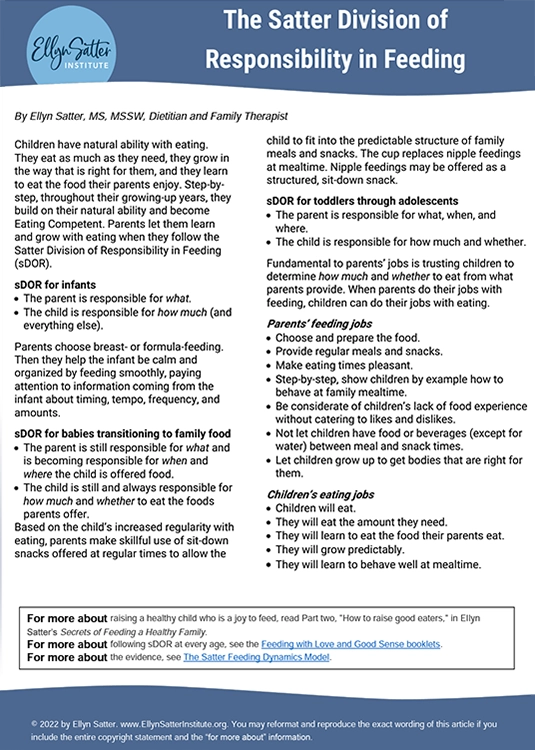
Our Relationship with Food
Our interactions with food affect our children’s perceptions and relationship with food. We are their role models.
If we don’t eat good food, how do we expect our children to eat good food? They observe our behaviours and emulate us because they look up to us. That is why it’s so important that we have a positive relationship with food.
I have struggled to keep my weight down since I was thirteen years old, and did a lot of compulsive binging over the years.
Two changes helped me build a healthier mindset and change the way I think about food and eating.
-
Mindful Eating
The term “mindfulness” was defined by Jon Kabat-Zinn as “paying attention in a particular way, on purpose, in the present moment, and nonjudgmentally”.
I eat more slowly now and put down my utensils after each bite. I don’t pick them up again until I have completely swallowed the food in my mouth.
That way, eating doesn’t become a mindless process, one I just have to go through the motions. Instead, I’m enjoying each bite—taking in all the flavors, textures, and aromas. It makes me more appreciative of the food I eat.
Because we don’t have to hunt and gather food like our ancestors anymore, we tend to forget how difficult it is to put food on the table. By taking the time to give gratitude for the meals we eat, we’ll feel happier. Appreciate the little things we often take for granted.
The second change is deciding to…
-
“Eat what you want, and don’t eat what you don’t want.”
I learned this lesson from the book, The Skinny – How to Fit into your little black dress forever, by Melissa Clark and Robin Aronson.

Melissa Clark is one of my favorite food writers.
She explains,
“Not a week goes by without someone–neighbor, colleague, chef–asking me how I stay so thin as a food writer. Most of them assume I just have one of those hyperactive, ectomorph metabolisms, meaning I can put it away like a football player yet keep the figure of a cheerleader.
The fact is, until I figured out how to live The Skinny life, I was trapped in that miserable cycle of gaining and losing those same 5, 10, even 35 pounds. I come from a long line of zaftig food lovers, going back as far as my family photos can attest. My parents are passionate eaters who between them have gained and lost more than 100 pounds over the decades. (I do not exaggerate.) My sister, too, struggles with her weight, battling anywhere between 5 and 60 pounds.
Simply put. My genes are just not those of a skinny girl.”
Melissa Clark’s philosophy on food is “Eat what you want, don’t eat what you don’t want.”

You shouldn’t restrict yourself just to “good” foods. You can have a healthy balance. Portion control allows you to eat what you want.

In her book, Clark explains that if you want to eat ice cream, eat an ice cream bar or one or two scoops. Don’t eat the entire package!
Here is another practical example from her book:
“If I feel like eating potato chips, I choose a small portion of potato chips–and eat them with a cheese and celery salad.”
It’s fine to indulge in snacks now and then, as long as we do it in moderation and control. When you do give yourself permission to eat indulgent food, really savour that moment of eating it. Then you won’t need to eat that much of it.
Conclusion
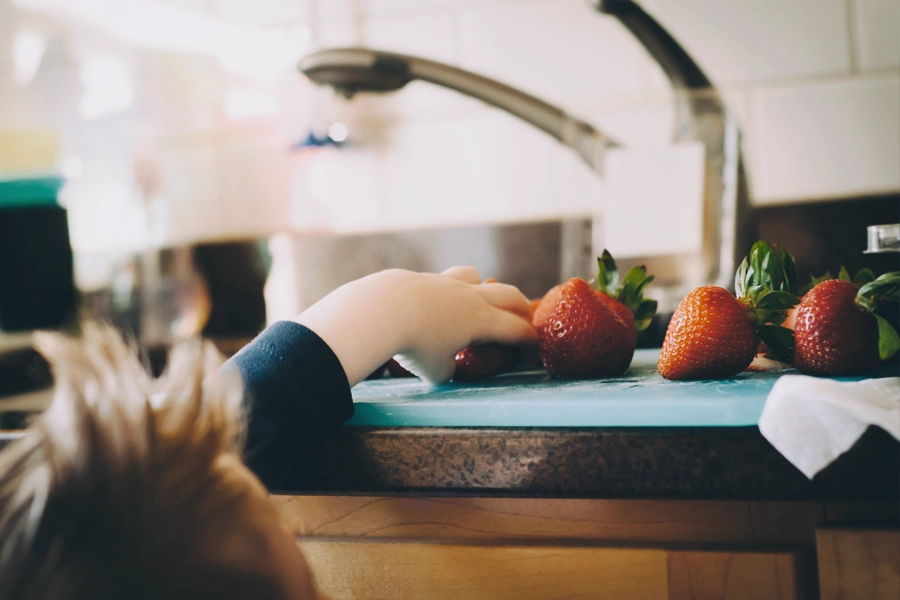
I hope this gives you new ideas on how to feed your children as well as yourself. Feeding our children can be quite a challenge. But if we are more open-minded and let our little ones take the lead, we will create positive and more enjoyable food experiences for them—and ourselves.